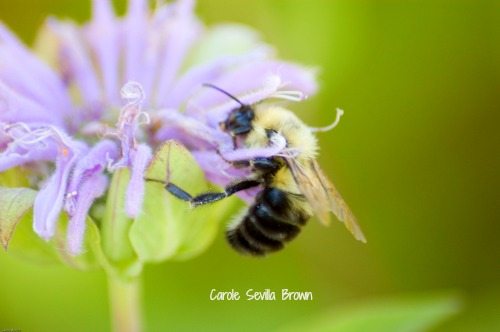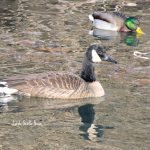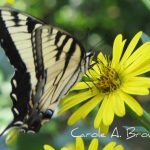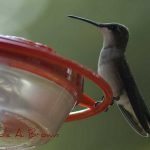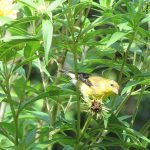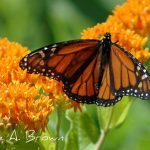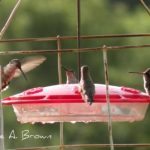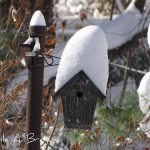I’ve been doing a lot of research about attracting native bees to get ready for my appearance at BeesWeek at the Albuquerque Film and Media Experience week-long festival in New Mexico this June 3 – 9.
There’s a lot to learn!
So I wanted to gather together some of the best resources to help you attract native bees to your wildlife garden, because these bees are facing some serious challenges, and our wildlife gardens may be their last line of defense.
First, I put together a comprehensive resource The Ultimate Guide to Attracting Native Bees, which contains almost 70 articles written by our team members, both here and at our sister publication, Native Plants and Wildlife Gardens.
I also just did an interview with Dave Hunter about what’s happening to the (non-native) Honey Bees, how to raise Mason Bees, and how you can help native bees in your wildlife garden. This was a very fun interview, and he covers a lot of interesting information. Please take a few minutes to listen to Dave Hunter talk about attracting native bees.
This past weekend I appeared on the Carroll Cox Radio Show with a panel of bee experts to discuss The Plight of the Bees. My role on the panel was to talk about creating habitat in our wildlife gardens to welcome native bees. We covered a lot of ground, so you may be interested to give a listen to this show.
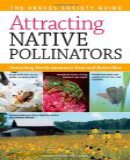
I’ve just received a wonderful resource to help you plan your wildlife garden to benefit native pollinators. The Xerces Society Guide to Attracting Native Pollinators: Protecting North America’s Bees and Butterflies is a beautifully illustrated guide to creating habitat in your wildlife garden that will provide for the year-round needs of these essential insects.
Attracting Native Pollinators has many photographs to help you identify the bees and butterflies in your wildlife garden. It contains exhaustive plant lists to help you choose the best plants for pollinators in your region.
There are guides to providing nesting habitat for each different type of bee, and lists of host plants for many butterfly species. But be careful, learning to identify the various bees and other pollinators in your wildlife garden can become quite addictive, as I can readily attest to.
It seems the more I learn about them, the more I want to learn. The identification section of my copy of this book is becoming quite dog-eared as I try to learn all that I can about helping native pollinators in my wildlife garden.
And I also participated in a live webinar with another panel of bee experts to talk about how wildlife gardeners have such a vital role to play in creating welcoming habitat for native bees in our gardens. :
While very simple, here are some starting guidelines to think about:
1. Plant a Variety of Flowers: Planting a variety of flowers that bloom throughout the season is one of the best ways to attract bees to your garden. Native wildflowers, herbs, and flowering shrubs are particularly attractive to bees.
2. Avoid Pesticides: Avoid using pesticides and other toxic chemicals in your garden, as these can be toxic to bees.
3. Provide Water: Bees need water to drink and will be attracted to any water sources you provide. Try setting up a shallow birdbath or other shallow container with a few rocks in it to provide a safe landing spot for the bees.
4. Leave Some Areas Undisturbed: Provide some areas in your garden that are left undisturbed, such as piles of leaves or logs. These areas can provide shelter and nesting sites for bees.
5. Install Bee Houses: Installing bee houses in your garden can provide a safe place for bees to nest and raise their young.
More From Ecosystem Gardening:
Submit your review | |

